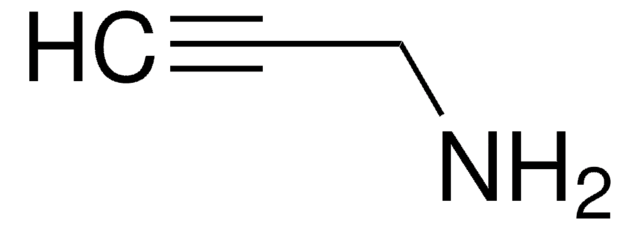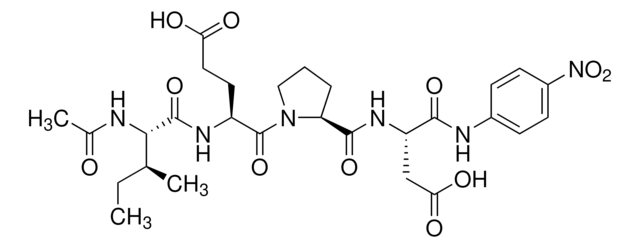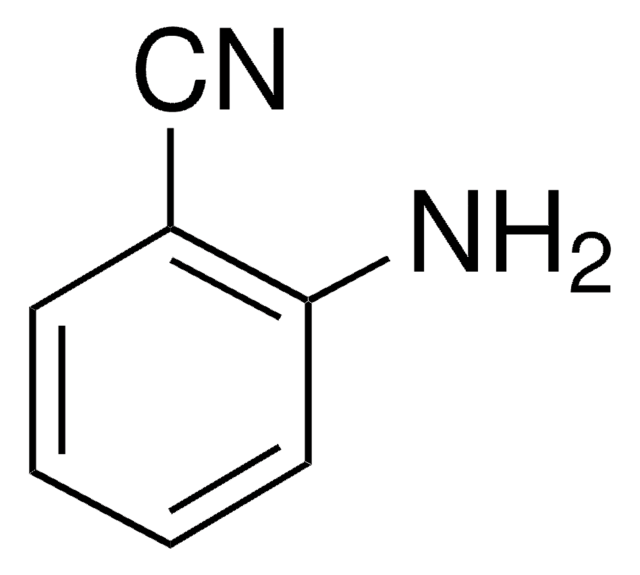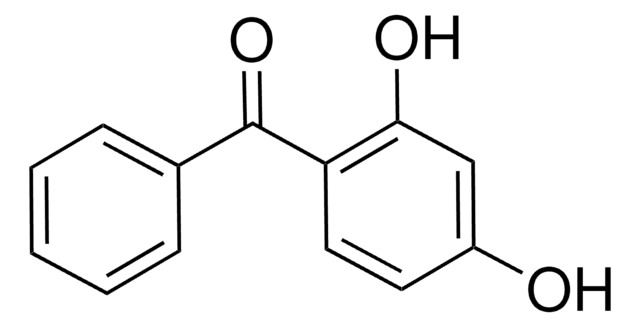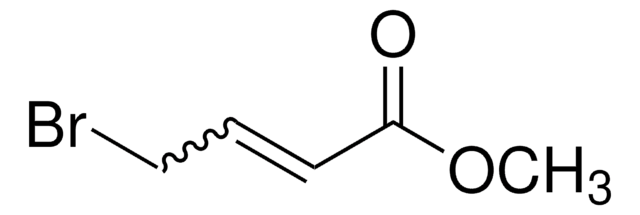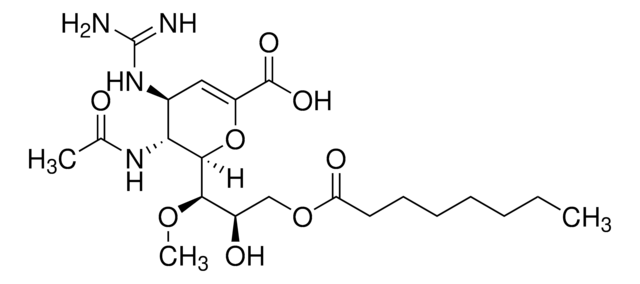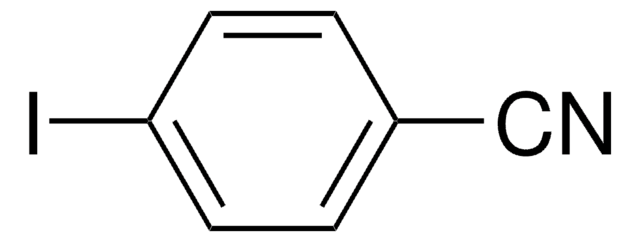SML0472
4-IPP
≥97% (HPLC)
Sinónimos:
4-Iodo-6-phenylpyrimidine
Iniciar sesiónpara Ver la Fijación de precios por contrato y de la organización
About This Item
Fórmula empírica (notación de Hill):
C10H7IN2
Número de CAS:
Peso molecular:
282.08
MDL number:
UNSPSC Code:
12352200
PubChem Substance ID:
NACRES:
NA.77
Productos recomendados
assay
≥97% (HPLC)
form
powder
color
white to beige
solubility
DMSO: 10 mg/mL (clear solution, warmed)
storage temp.
−20°C
SMILES string
Ic1cc(ncn1)-c2ccccc2
InChI
1S/C10H7IN2/c11-10-6-9(12-7-13-10)8-4-2-1-3-5-8/h1-7H
InChI key
ZTCJXHNJVLUUMR-UHFFFAOYSA-N
Application
4-IPP has been used as a macrophage migration inhibitory factor (MIF) in conditioned medium (CM) for in vitro migration assay.
Biochem/physiol Actions
4-IPP is a cell permeable, potent macrophage migration inhibitory factor (MIF) antagonist that covalently modifies MIF N-terminal proline.
4-Iodo-6-phenylpyrimidine (4-IPP) has the potential to be a new anti-polyploid therapeutic agent that may be utilized in patients with thyroid cancer to target polyploid tumor cells. It suppresses osteoclastogenesis by blocking the IMF-κB pathway. 4-IPP can be employed as a therapeutic target for macrophage migration inhibitory factor (MIF) to treat pathologic osteolytic bone diseases and postmenopausal bone loss. It can prevent the development and motility of lung adenocarcinoma cells and can stimulate apoptosis and mitotic death of thyroid carcinomas.
Storage Class
11 - Combustible Solids
wgk_germany
WGK 3
Certificados de análisis (COA)
Busque Certificados de análisis (COA) introduciendo el número de lote del producto. Los números de lote se encuentran en la etiqueta del producto después de las palabras «Lot» o «Batch»
¿Ya tiene este producto?
Encuentre la documentación para los productos que ha comprado recientemente en la Biblioteca de documentos.
Nadège Kindt et al.
Journal of clinical medicine, 8(1) (2019-01-13)
Human papilloma virus (HPV) infection has been well-established as a risk factor in head and neck squamous cell carcinoma (HNSCC). The carcinogenic effect of HPV is mainly due to the E6 and E7 oncoproteins, which inhibit the functions of p53
Kavitha Yaddanapudi et al.
Cancer immunology research, 4(2), 101-112 (2015-11-26)
Highly aggressive cancers "entrain" innate and adaptive immune cells to suppress antitumor lymphocyte responses. Circulating myeloid-derived suppressor cells (MDSC) constitute the bulk of monocytic immunosuppressive activity in late-stage melanoma patients. Previous studies revealed that monocyte-derived macrophage migration inhibitory factor (MIF)
Deepa Rajasekaran et al.
FASEB journal : official publication of the Federation of American Societies for Experimental Biology, 28(11), 4961-4971 (2014-07-13)
We report a new inflammatory activity for extracellular d-dopachrome tautomerase (D-DT), the recruitment of neutrophils to the lung on D-DT intratracheal installation of C57BL/6J mice with an EC50 of 5.6 μg. We also find that D-DT and macrophage migration inhibitory
Hiro Takahashi et al.
PloS one, 8(10), e78250-e78250 (2013-10-30)
The diagnosis and treatment of soft tissue sarcomas (STSs) has been particularly difficult, because STSs are a group of highly heterogeneous tumors in terms of histopathology, histological grade, and primary site. Recent advances in genome technologies have provided an excellent
Tali Lang et al.
Nature communications, 9(1), 2223-2223 (2018-06-10)
Macrophage migration inhibitory factor (MIF) exerts multiple effects on immune cells, as well as having functions outside the immune system. MIF can promote inflammation through the induction of other cytokines, including TNF, IL-6, and IL-1 family cytokines. Here, we show
Nuestro equipo de científicos tiene experiencia en todas las áreas de investigación: Ciencias de la vida, Ciencia de los materiales, Síntesis química, Cromatografía, Analítica y muchas otras.
Póngase en contacto con el Servicio técnico
